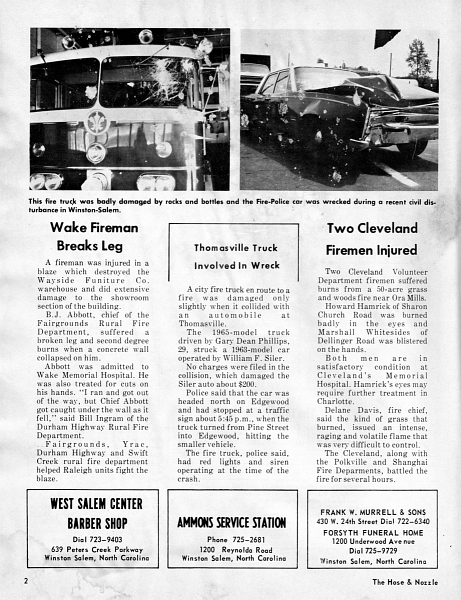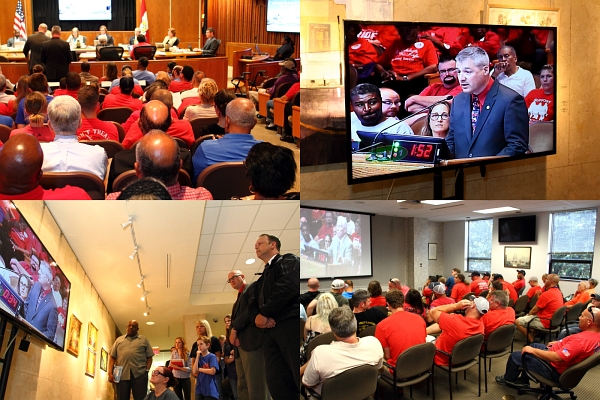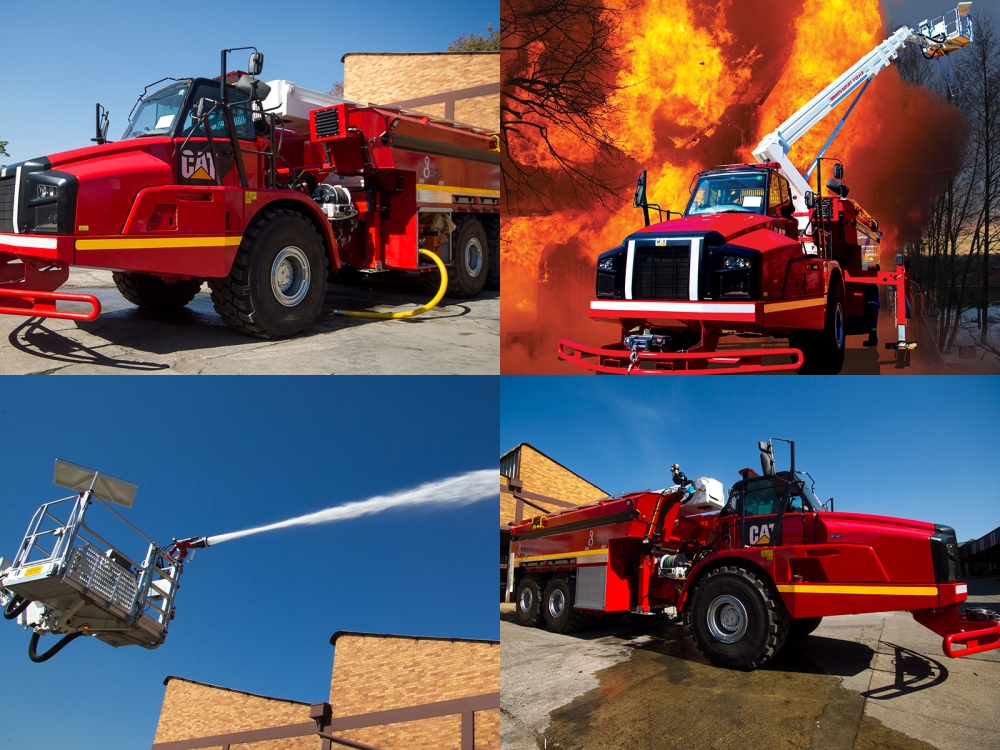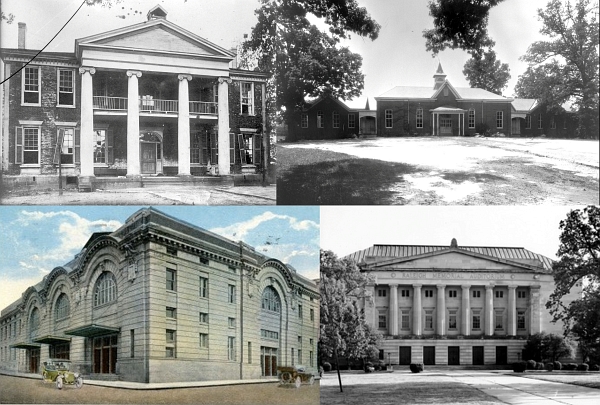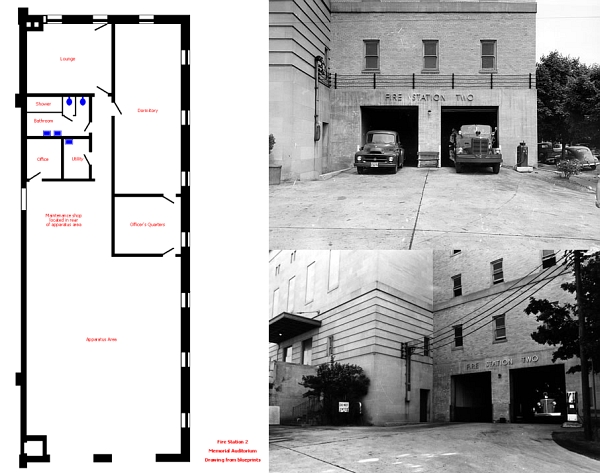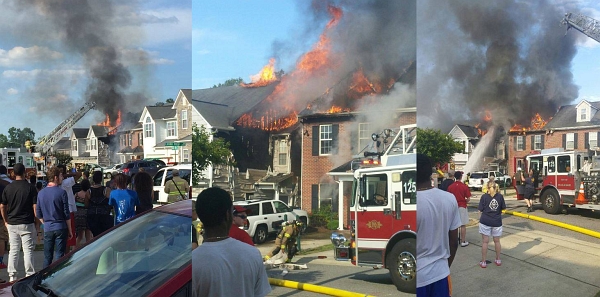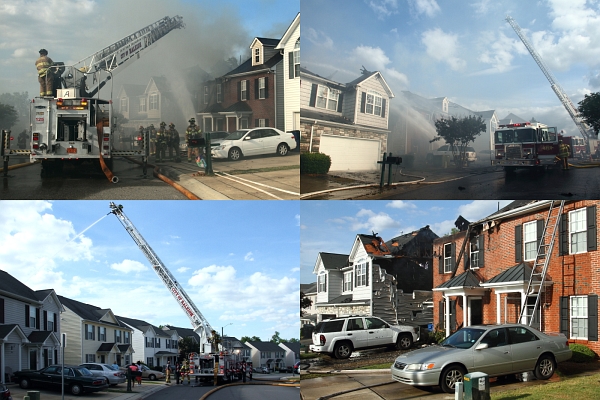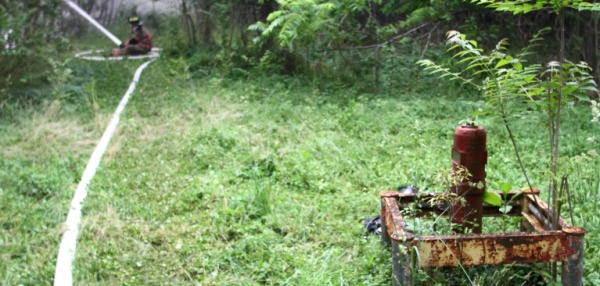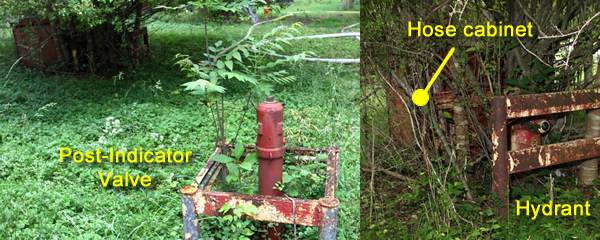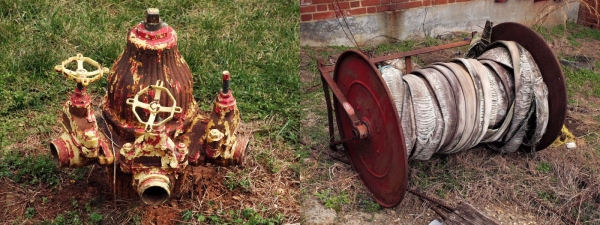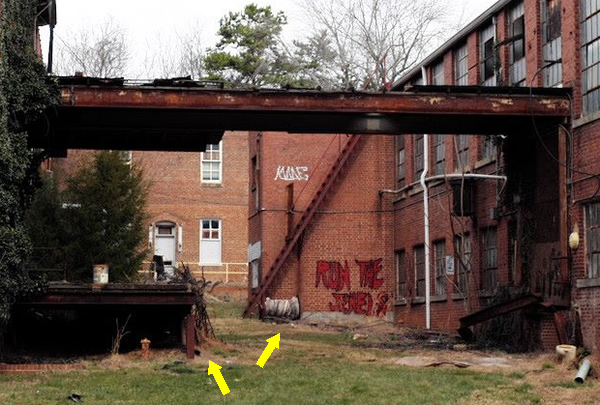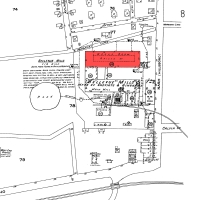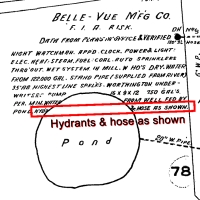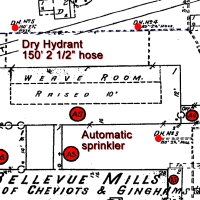What s happening with fire station construction and/or planning around Raleigh and Wake County?
Here’s your spring 2016 update, for both municipal and county departments. Sources are direct queries to nearly every Fire Chief in the county, or their staff. Plus sundry budget documents or news stories. Thanks all for answering my questions. Signed, Planning Geek.
Note: Omitted are those fire departments with no news to report, or changes planned.
Apex
- Station 5 – Under construction at intersection of Apex Barbecue Road and Kelly Road. Completion expected by end of calendar year.
- Station 6 – Need for future fire station identified in northwest Apex, e.g. west of Interstate 540 and north of Highway 64.
Bay Leaf – See Northwest Wake County
Cary
- Station 9 – Planned for 1427 Walnut Street, land owned by town, site of an unused church building. Funding proposed for coming budget year.
- Station 10 – Planned for 2495 O Kelly Chapel Road in Chatham County. Land purchased last year. Funding proposed for FY20 and FY21.
- Projected for future growth are these locations, with planned funding in FY22-FY27:
- Station 11 – White Oak Church Road
- Station 12 – West Lake/Middle Creek
- Station 13 – Lewter Shop Road at Highway 751
- Station 14 – Pleasant Grove Church Road at the airport
- Station 15 – Ernest Jones Road and Mt. Pisgah Church Road.
See related blog posting.
Durham Highway
Station 2, which is collocated with Raleigh Station 23, has been determined as a needed station by ISO. The unmanned station (for DHFD) has always been recognized by OSFM, but has not been funded by the county in recent years for facility or equipment upgrades. An ISO inspection determined that the station and its apparatus are necessary, as no other county stations can serve a number of non-hydrant areas within six miles. Newer (DHFD) apparatus is being sought for the station, to replace the 1976 tanker and 1992 pumper housed there.
Garner
Need for fifth fire station identified in the Highway 401 corridor. Coming development plans include a town-annexed site near Buffaloe Lanes for a community of some 800 homes, and several multi-family projects underway near 401 and Ten-Ten, also inside town limits. GFD in conversations with town and developers regarding a planned fire station. Expected time frame of three to five years. They re hoping for a joint fire, police, and EMS facility.
Fuquay-Varina
- Station 2 – Expansion completed last year. The $1 million project added 2,800 square-feet to the facility including a new bay section, for use by Wake County EMS. They also renovated 1,600 square-feet to add living quarters for new crew members, and update the kitchen. See this N&O story[*] from 2014 about the project.
[*] Link now broken, http://www.newsobserver.com/news/local/community/southwest-wake-news/article10322699.html
- Station 4 – Need for fourth fire station identified, to the north of town. Believe they ve been looking for landing a while now.
Morrisville
The proposed budget for FY17 includes a station location study, that assess opportunities to maximize ISO credit and improve services to the citizens, with a goal of improving the Town s ISO rating from Class 3 to Class 1. The study will review where fire service demands impact the Town and correlate to fire response times, and will help Town Council continue its discussions related to placement of Fire Station 3. Currently the town s third fire station is co-located at Cary Fire Station 7 on Carpenter Fire Station Road.
Northwest Wake County
Both Stony Hill and Bay Leaf fire departments have long-identified a need for another fire station in the northwestern quadrant of the county, notably in the area of Highway 50 and Boyce [Bridge] Road. There are 625 county citizens living in 14.8 square miles of unincorporated area, and more than five miles from a county fire station. They occupy 247 homes, and there s more growth coming. (Farther out often means bigger lots, which often means bigger homes.)
The station would also serve the highly-traveled Highway 50 corridor, as well as heavily-used Falls Lake boat ramps and surrounding areas. SHFD and BLFD respond to calls in that area, along with Creedmoor and Redwood from the neighboring counties. Responses time are obviously longer on the Wake County side, ranging from 10 to 21 minutes. (Time of day and commuter traffic can have a particularly dramatic impact.)
Bay Leaf took the lead in documenting the need, and submitted same as part of the expansion requests the FY17 budget.
Raleigh
Several station expansion or replacements:
- Station 1 and Admin – Station 1 (Dawson Street) and Dillon Building offices (Martin Street) to be consolidated into single facility, planned mid-rise structure near intersection of Dawson and Lenoir streets. Multi-year funding, beginning in FY17. Newly prioritized project. Read blog post about the budget.
- Station 2 – Major renovation, including expanded apparatus bays with rear entrance added. Starting in September.
- Station 3 – Relocating to corner of Rock Quarry Road and MLK Jr. Boulevard. Land acquisition still underway.
- Station 5 – Extensive interior renovation underway. Completed by October. Blog posts: April 8, March 6.
- Station 6 – Rebuilt at same location. Likely starting in spring of 2017. Blog posts: March 20, March 11, October 9.
- Station 11 – Major renovation, including new apparatus bays. Design work expected to start in the FY17.
- Station 12 – Relocating to Bus Way and Poole Road. Construction starting soon.
- Station 14 – Relocating to corner of Harding Road and Nancy Anne Drive. Design phase underway.
- Station 30 – New station near corner of Wake Forest Road and Ronald Drive. Land acquisition underway.
These projects have been covered in past issues of the Raleigh Fire Department Newsletter, as well as sundry blog postings, a number of which are linked above.
Where does the city foresee future station locations? Needs have been assessed north of Sta 4/Sta 15, between Sta 7/Sta 21 (infill), south of Sta 22 (infill), south of Sta 25 (infill), east of Sta 26, and east of Sta 27. See page 26 of the fire department s five-year strategic plan (PDF).
That document also lists the planned schedule for station renovations, with design and construction funding spread over two budget years: Sta 10/Sta 15 (FY17, FY18), Sta 8/Sta 16 (FY18, FY19), Sta 9/Sta 17 (FY19, FY20), Sta 18/Sta 19 (FY20, FY21), Sta 4/Sta 20 (FY21, FY22), Sta 21/Sta 22 (FY22, FY23).
Rolesville
They’ve identified a need for three (!) future fire stations, due to rapid growth in their municipal and rural areas. (In April, Realtor.com said Rolesville was the seventh fastest growing town in the nation!) The fire department s been working to procure property, with the town paying its share of the projects. They re trying to get sites while they can still purchase property at a reasonable price. Time frame for these is TBD.
Planned locations:
West side – 4124 Burlington Mill Road, at a three-acre site purchased in April. This station s needed to accommodate the growth that the town s been experiencing. The town s municipal limits on the west side is the north side of Forestville Road, with the town border extending north to the Wake Forest town limits, and south past Highway 401. There are new subdivisions in that area, and several hundred more homes are proposed.
North side – Toward Averette Road and Highway 96. This area s inside a watershed and will remain mostly county. Meaning, no annexation by any town. That also means large home on large lots. This station will provide service to property owners outside the five-mile distance from Station 1, and ensure they get a Class 4 protection rating for their insurance. This location would serve northeastern Wake County residents to the county line.
South side – South of the new 401 bypass, and to cover the area between Rolesville, Hopkins, and Wendell fire districts. If the planned Little River Reservoir is built to the east, this fire station will help with response times to areas cut off by the reservoir. The south side station will also help with response times south of the bypass, and put fire units closer to the county s largest high school. Like the north side areas, much of this area is also watershed.
One note about Rolesville FD, they just finished their ISO inspection, and are proud to announce that they received a Class 3 in the town limits, and a 4/9s in the rural district. They’re also the largest single-station fire department in the county, protecting 32.88 square miles with one fire station.
Stony Hill
See Northwest Wake County
Wake Forest
Station 4 completed recently at 1505 Jenkins Road, and staffed with full-time engine company.
Wendell
New station planned in Wendell Falls, $150,000 budgeted in FY17 for planning and design costs. Land to be purchased after July 1, 2016. Site will be on Taylor Road (not built yet), off Wendell Falls Boulevard.
Zebulon
Bought land for a second station on Green Pace Road, about ten years ago. Currently reevaluating their needs and plans for a future fire station.
